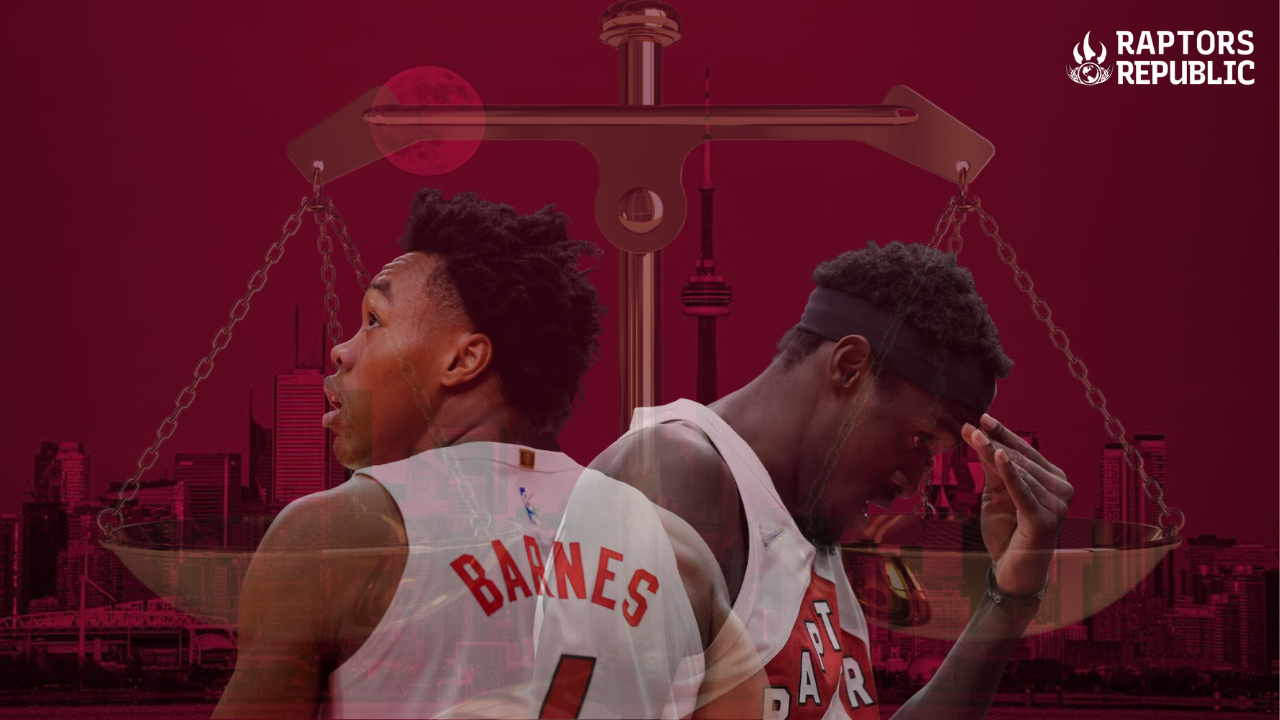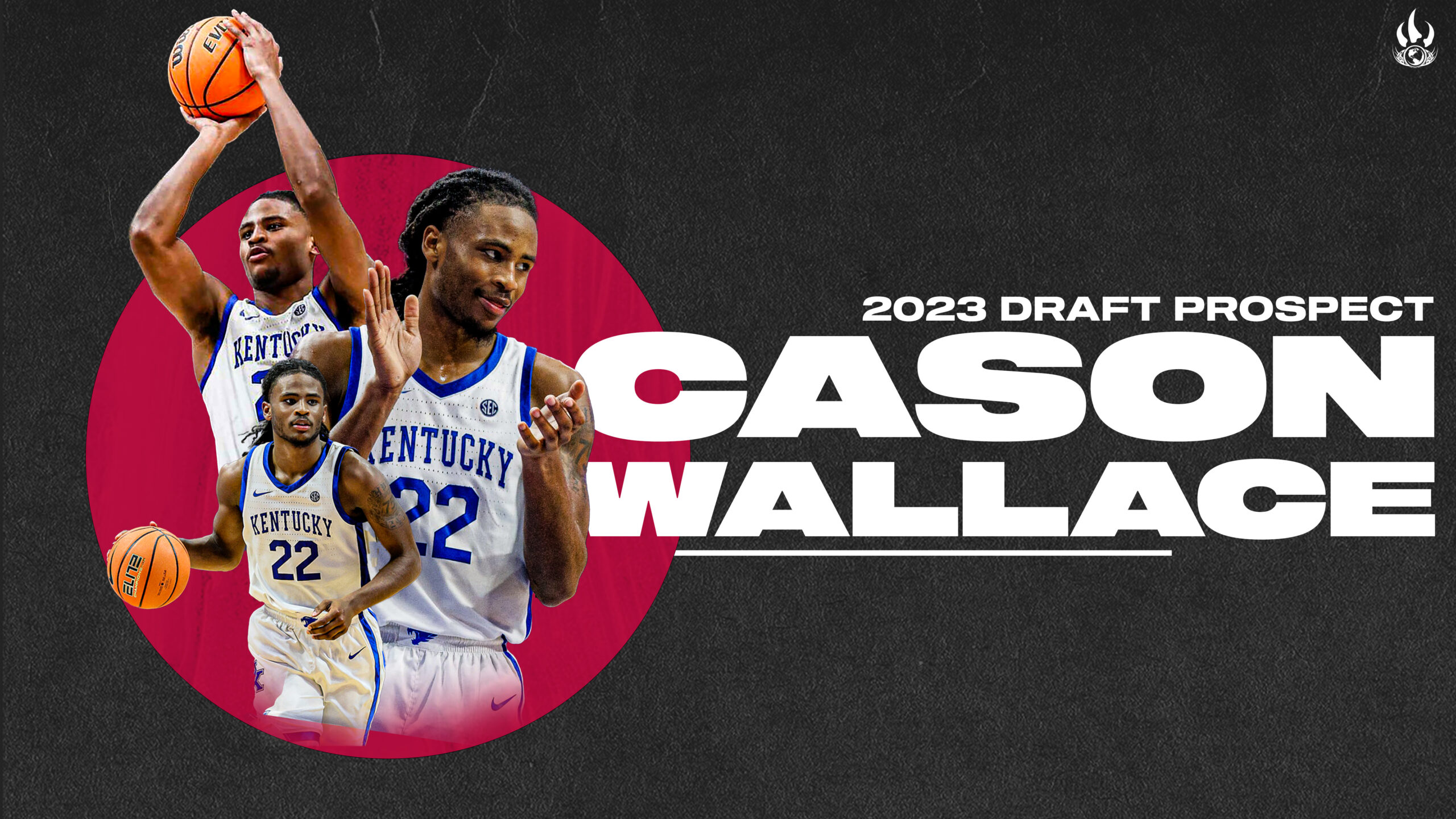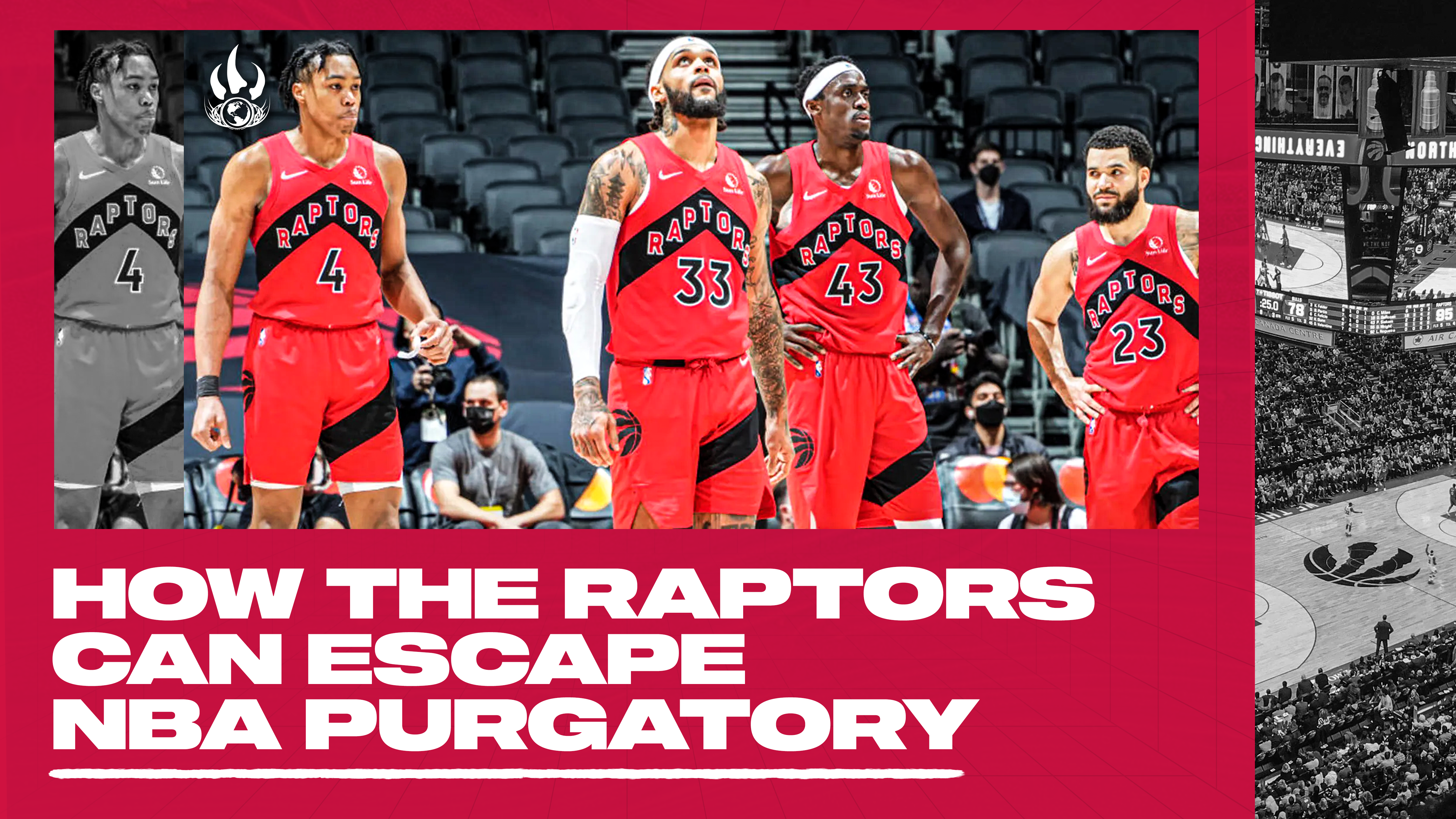Tobias Funke’s evergreen quote of: “No, it never does. I mean, these people somehow delude themselves into thinking it might, but… but it might work for us.” perfectly encapsulates so much of the human experience. The idea that we have a deeper well to draw from than others, that our understanding could extend past theirs, anything that elevates us or makes us special – we latch onto.
The primitive, caveman version of this expression is the fact that most people quietly, confidently think they can win any fight, provided that they go: berserker mode/black out/any number of expressions.
While the Heat dress up their approach with Reagan-era austerity politics instead of berserker mode, they’ve definitely accessed another level and achieved special things with it. As the age of the super team descends into something different, teams will look to emulate what the Heat have done – and something the Raptors used to do quite often – back in the Kyle Lowry era. Constantly greater than the sum of their parts, the Lowry-led Raptors were so dependably better than expectations year in and year out that many countries started using the Raptors over/under win totals to launder their illicit funds.
None of this is to say that the Raptors are one #HeatCulture away from high-level playoff success. Sure, the Raptors & Heat were 27th and 28th in the NBA in 3-point percentage this season, but the Heat were first in the NBA the year before, carried over a lot of players on the roster and it made sense that some of that shooting would positively regress – albeit with fantastic timing. The two teams play very different styles of offense to boot. The Heat empower players 1-10 on the roster typically, and that willingness to let rotation players stretch their legs has resulted in a bunch of surprise performances. The ramifications for defenses trying to stop them and gameplan for them were far reaching.
But, the point isn’t that the Heat are the rule. The Heat are an Island of Misfit Toys, and the misfits don’t really win it all in the NBA – and if they do, it’s quite rare. The point, really, is that the deconstruction of the super teams has opened up a route to a championship for more teams.
Masai Ujiri’s thought process at the trade deadline was fueled by his perception of the league’s parity. A play-in team made it to the Western Conference Finals. The 8th seed Heat are representing the Eastern Conference. The Raptors were 15-11 after the trade deadline, which was tied for the 10th best record in the league. They were tied for the 6th best defense in basketball. They were 16th in offense. 11th in net rating. Proven players were on the team, Nick Nurse was supposed to be able to pull the levers of victory at the right time, and they were supposed to be a pain in the ass for anyone in the playoffs – whether or not that meant advancing rounds.
Two month stretches don’t typically make a good team, or a championship level team. There are ups and downs across a season, of course, and stretches can certainly indicate growth and potential. However, over-indexing on the Raptors 33-17 2nd half of the 21-22 season has led to roster-building mistakes. You have to be able to parse the fool’s gold from the real. Doubling down on the falsest idea of versatility — that was actually, ironically, one-note — and expecting a roster devoid of guard skills, shooting, and impactful size in the paint to make waves wasn’t realistic.
The Finals participants are different than many people thought, that’s true, and the league is definitely the flattest it’s been in a long time. The flattest I’ve seen in my lifetime. Both teams have flaws that they don’t necessarily overcome, but they supplement from points of strength.
The lack of ball handling on the Nuggets is helped tremendously by Nikola Jokic’s singular genius and the unique 2-man game with Jamal Murray that is fueled by a shared brain and Murray’s comparable-to-Curry off-balance shooting and off-ball energy. Shooting is littered around the roster and they have preternatural cutters. Defensively, they are limited somewhat with Jokic, but they still play towards his defensive strengths. They’ve had to tread water while Murray recovers, but the team is built correctly around their big man.
In Miami, they play small guards who can initiate from different points on the floor, wings who can draw a closeout and turn that advantage into multiple positive options. They have shooters to leverage in all the handoff packages and constant movement off-ball to keep the defense honest if they try to step up and suffocate the on-ball looks. They don’t initiate with different players to appease anyone, they do it to maximize their looks, and the other 4 players are engaged when they aren’t initiating. Maybe Miami isn’t as destined or overpowering as the Nuggets for these finals. Maybe Miami doesn’t make this stage if you run the simulation back every time, and that’s fine. In a league of parity, the Heat had a roster with an upside and ceiling that was built on guard skills and shooting that clicked at the right time.
The Raptors, and the ceiling of this roster, are defined by forced turnovers, offensive rebounds, and spurts of elite defense. Those are all great when you can get them, but those things are harder to scale and control for as teams get better. In a league of parity, where there’s a wide variety of styles and approaches, the Raptors approach in some of the effort-adjacent categories were emulated by other teams who could shoot.
It seems clear that the Raptors have established a floor, and an expensive one, that can compete in a league of parity. They are nowhere near a ceiling that could topple it.
Have a blessed day.



